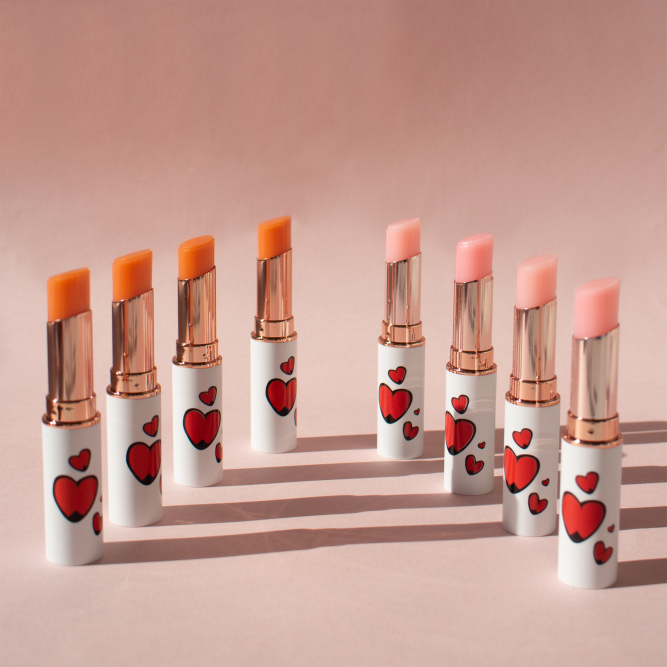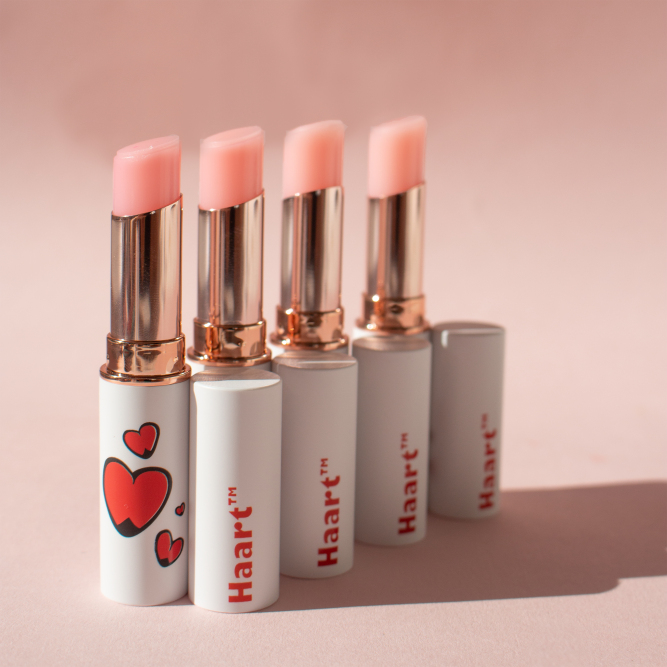There are certain skin ailments that almost everyone has experienced—regardless of age, race, or skin type—the most common of which is chapped lips. It doesn’t matter where you live or what the weather’s like, either: You could be sitting pretty in the SoCal sun and still struggle with a perennially parched pout, though the Polar Vortex conditions on the East Coast certainly don’t help matters. Luckily, chapped lips are easily treated if you’re armed with the proper products. Ahead, find everything you need to know about the common skin concern — and how to successfully combat it.
What Exactly Are Chapped Lips?
According to Dr. Shari Marchbein, a dermatologist based in New York City, they’re usually characterized by peeling, fissuring, and cracking of the lip skin, which can sometimes result in pain and bleeding (ouch). She adds that the mouth and the skin around it might also appear raw and irritated, and that the aforementioned symptoms can occur for several different reasons.
What Causes Chapped Lips?
In addition to aggressively cold, windy, and arid weather conditions, a few factors that can contribute to (as well as exacerbate) chapped lips are excessive lip licking or smacking, frequent sun exposure sans SPF, and using harsh products that contain irritating ingredients. In regards to the latter, dermatologist and founder of Smarter Skin Dermatology, Dr. Sejal Shah, says most matte lipsticks, lip plumpers, and products containing vitamin A, have the potential to dry out the lips and make an existing issue even worse. “The lips don’t contain oil glands, unlike other parts of the body, and so this predisposes them to dryness and chapping,” Dr. Shah explains.
When to See a Dermatologist
Obviously, you can always consult your physician about any skin-care concern you might have — in fact, it’s best that you do — but chapped lips aren’t anything a little consistent TLC can’t remedy. If, however, you don’t see any improvement after a few days — or worse, you notice any abnormally-colored (i.e. yellow or green) crusting — Dr. Marchbein advises seeing your doctor ASAP to determine the root of the issue. “[This] can help to rule out more rare causes of chapping, including vitamin deficiencies, fungal/yeast infections, lip dermatitis, and reactions to medications, to name a few,” she explains.
How to Treat Chapped Lips
Dr. Marchbein advises against using any lip products containing synthetic perfumes or chemicals, which can lead to further irritation and a cycle that actually perpetuates chapping. Instead, she suggests sticking to occlusive, emollient ointments. The Whamisa Organic Flowers Lip Moisture is an excellent go-to, as it’s chock-full of naturally nourishing ingredients like avocado butter and grapeseed oil.

While matte lipsticks might be a no go for chapped lips, that doesn’t mean you’re doomed to lead a color-free lip life. February’s Glow Gamechanger, the J.One’s Haart Mermaid Glow Color Lip Tint is a lip treatment disguised as makeup. It’s enriched with pout-pampering sweet almond oil, squalene, and organic beeswax and also leaves lip with a hint of tint. Available in pretty peach and pink shades, it will give your lips a pillowy soft feel and dewy flush.

Dr. Marchbein stresses the importance of liberally applying these products throughout the day, as well as before bedtime, to see a real difference. Two more ways to keep chapped lips at bay: Using a humidifier in the bedroom to help moisten the air, and of course, staying hydrated with lots of water and eating healthy, good-for-you foods that aid in maintaining optimal skin health.
Follow these tips for lips so soft and supple, they’ll be worthy of sensually pouting in a lipstick ad.
READ ALSO A Foolproof Plan for Keeping Skin Great This Fall-Winter
Get The Meghan Markle Royal Wedding Beauty Look
“Orange Peel” On the Legs and the But: How to Get Rid of Cellulite
First appeared on blog.glowrecipe.com

